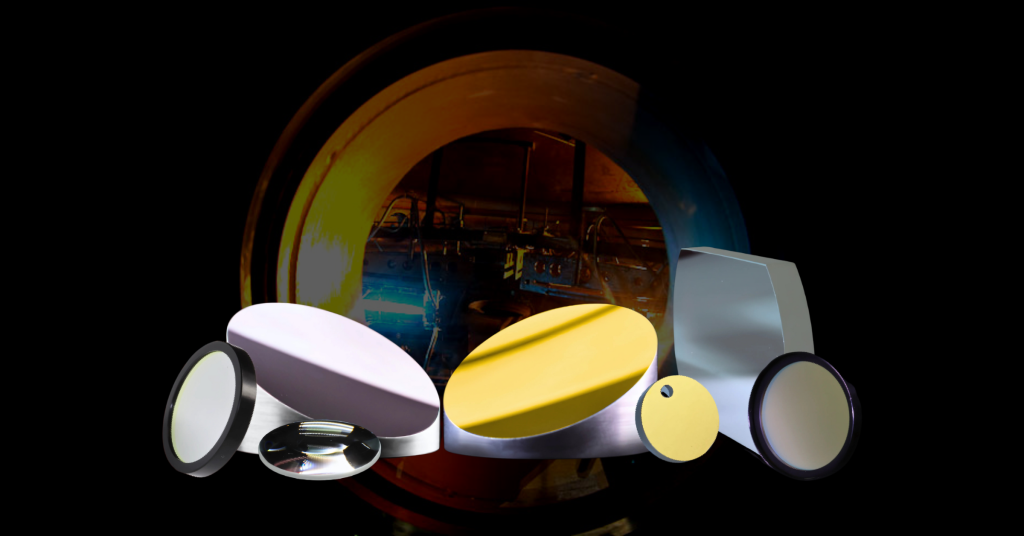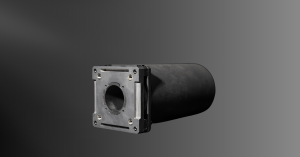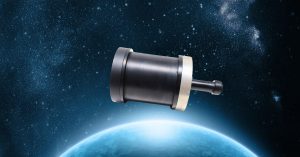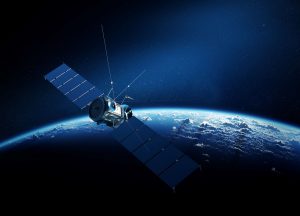Key Takeaways
- Space-based laser communication (lasercomm) offers faster, more reliable data transmission via optics, outperforming radio frequency.
- It enables high-bandwidth communication to/from space and between satellites, potentially reducing reliance on vulnerable cables. NASA’s OPALS and LCRD are key examples.
- Benefits include higher data rates, lower energy use, enhanced security, and fewer regulations.
- Challenges involve extreme conditions, sparse maintenance, high costs, and precise pointing.
- Durable materials and coatings are crucial for these advanced systems.
Space-based laser communications is a groundbreaking technology that enables better, faster, and more reliable data transmissions than traditional radio frequency technology. Conveying information over hundreds of thousands of kilometers at the speed of light, it has the potential to be extended for use with distances of millions of kilometers.
Known colloquially as lasercomm, space-based laser communication is a type of free-space communication that relies entirely on optics. Through satellite laser links, this powerful communication technique can not only transmit data to and from space but can also power satellite-based earth communication systems, decreasing reliance on the cross-continental cable systems that are so prone to accident and dysfunction. It is also used to transmit data between satellites.
Examples of space based laser communications in practice include the NASA’s Optical Payload for Lasercomm Science, tested in 2014 on the International Space Station to demonstrate laser communication technology, and theirCommunications Relay Demonstration LCRD, launched in December 2021 to communicate between orbit and the earth.
There have been numerous other initiatives over the years. Terrabyte InfraRed Delivery (TBIRD) launched in May 2022 and provided 200 Gbit/s space to ground communications, beaming to California from an earth orbit 300 miles up. The U.S. Space Development Agency (SDA) is also currently developing a constellation of low-earth orbit satellites to produce a low-latency, high-volume data transport network for terrestrial and space missions.

Why Choose Laser Communications
Laser communications solve a problem that has plagued space exploration since it began: the challenge of getting information back to earth, or receiving information from a command center. Traditionally information was conveyed in radio frequency, but this was slow and unwieldy. Laser can beam information down at rates 10-100 times faster than radio communication, enabling both deep space missions and earth-orbiting satellites to convey large quantities of information quickly and efficiently.
Faster data transmission is not the only benefit of laser communications. Other benefits of space-based laser communications include:
- Higher bandwidth/high data rate: A laser communication link has the ability to transfer more information than traditional radio setups, and advancing technology is focused on increasing the bandwidth even more.
- Lower energy use: While communication based on radio waves is characterized by a wide-spread signal that wastes significant energy, laser’s focused beam allows for energy efficient communication even between sites many thousands of kilometers apart.
- Better security: Laser communication is immune to many of the interception and jamming techniques that can be used against radio frequency communications. Communications can also be secured using techniques like a laser N-slit interferometer, where the signal is sent as an interferometer pattern that immediately collapses at any attempt to intercept.
- Fewer regulations: Since laser communication can be better targeted, it is not subject to the same extensive regulations used for broad-field radio waves.
Challenges to Space-Based Laser Communications
In spite of its benefits, space based laser communication is not immune to challenges. Factors that optical designers must consider when preparing a space based laser communication system include:
- Extreme Conditions: Optical parts used in space will be subject to a host of extreme conditions, including heat swings, radiation, and vacuum.
- Sparse Maintenance: Maintenance or part replacement is almost impossible in space-based optical setups, and systems for use in space must be designed to function well for an extended time with little to no maintenance. Building in redundancy is another important consideration when designing optical systems for space.
- High Total Cost of Ownership: High quality systems built to last even in extreme conditions come with a price tag, and that price tag can easily become probationary for space-based communication. A good design team must also consider ways to produce space-focused optical communication systems efficiently in as economical a way as possible.
When implementing a space-based laser communication system, precise control of pointing, acquistion, and tracking (PAT) is required to establish and maintain the laser link. Determining the ideal location for both satellite and optical ground station is key for effective space to ground data transmission, and may require extensive research.

Design Techniques for Space Based Systems
Important design techniques for space-based laser communication techniques include careful choice of modern materials and the use of highly durable protective coatings. Recent innovations in manufacturing techniques have the potential to enable production of smaller, more compact systems that include fewer delicate parts. Whenever designing optics for space, careful attention is given to minimizing the size, weight, power and cost (SWaP-C) while maximizing durability and optical quality.
The team at Avantier has experience in designing and producing effective laser systems for use in space, and are available to work with you on your custom solution. Contact us today to discuss manufacturing capabilities or set up an initial consult.
- Jet Propulsion Laboratory. Optical Payload for Lasercomm Science: OPALS.
- Tavares, Frank. NASA, Partners Achieve fastest Space-to-Ground Laser Comms Link. NASA, May 2023.
- Wang, G. et al. “Free Space Optical Communication for Inter-Satellite Link: Architecture, Potentials and Trends,” in IEEE Communications Magazine, vol. 62, no. 3, pp. 110-116, March 2024
- Wu, W., Chen, M., Zhang, Z. et al. “Overview of deep space laser communication”. Sci. China Inf. Sci. 61, 040301 (2018).
GREAT ARTICLE!
Share this article to gain insights from your connections!







